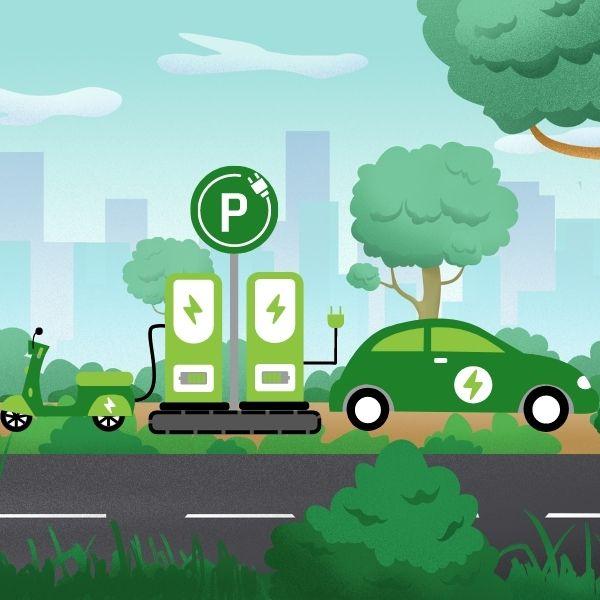
There is a lot of jargon associated with electric vehicle (EV) charging. You may have heard of multiple “levels” of EV charging, as well as words like “quick” or “rapid” charging. The electricity current is another key consideration for EV charging. Electric vehicle charging stations charge EVs with both alternating current (AC) and direct current (DC). Continue reading to learn about the distinctions between the two forms of electricity, as well as the benefits and drawbacks of each.


